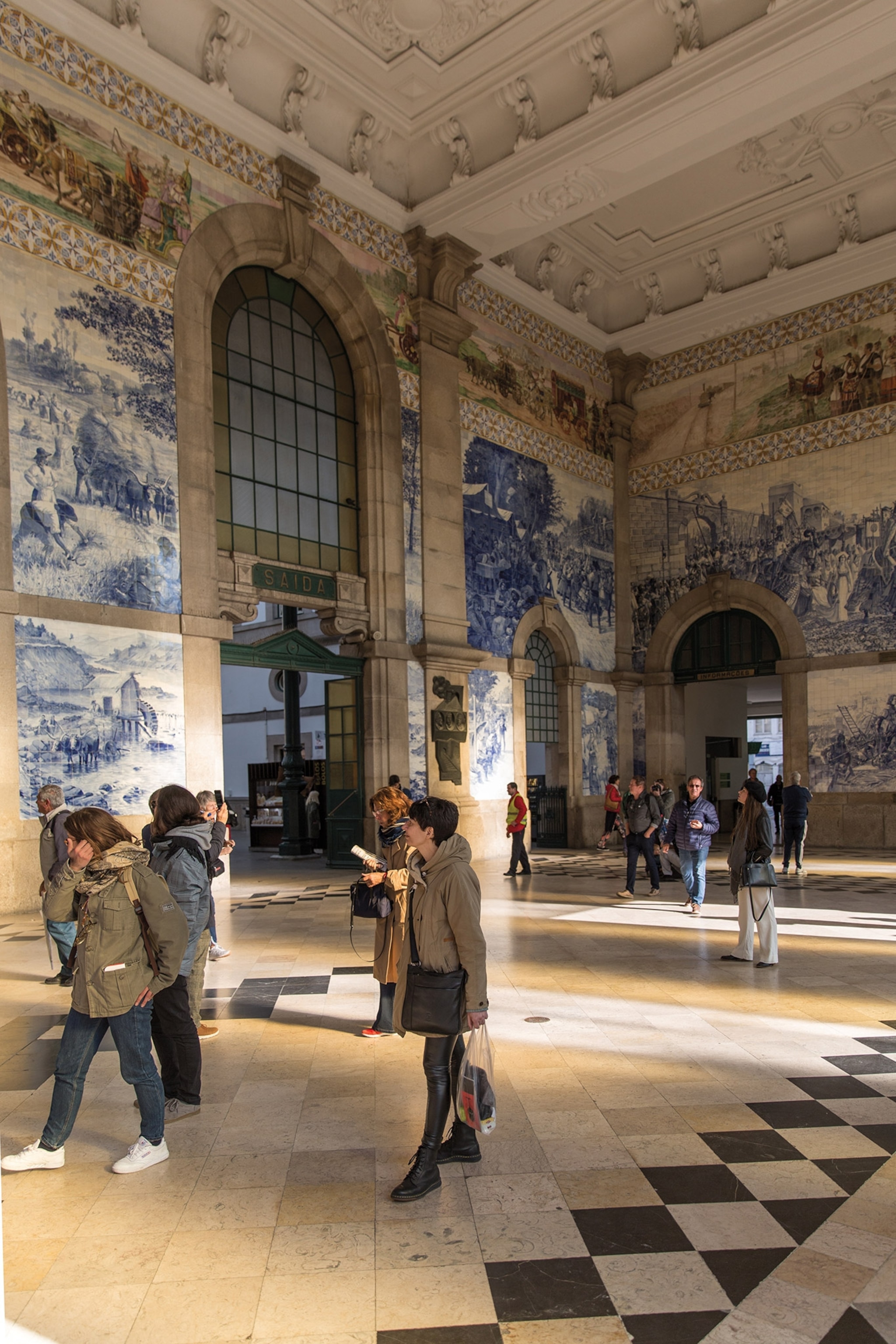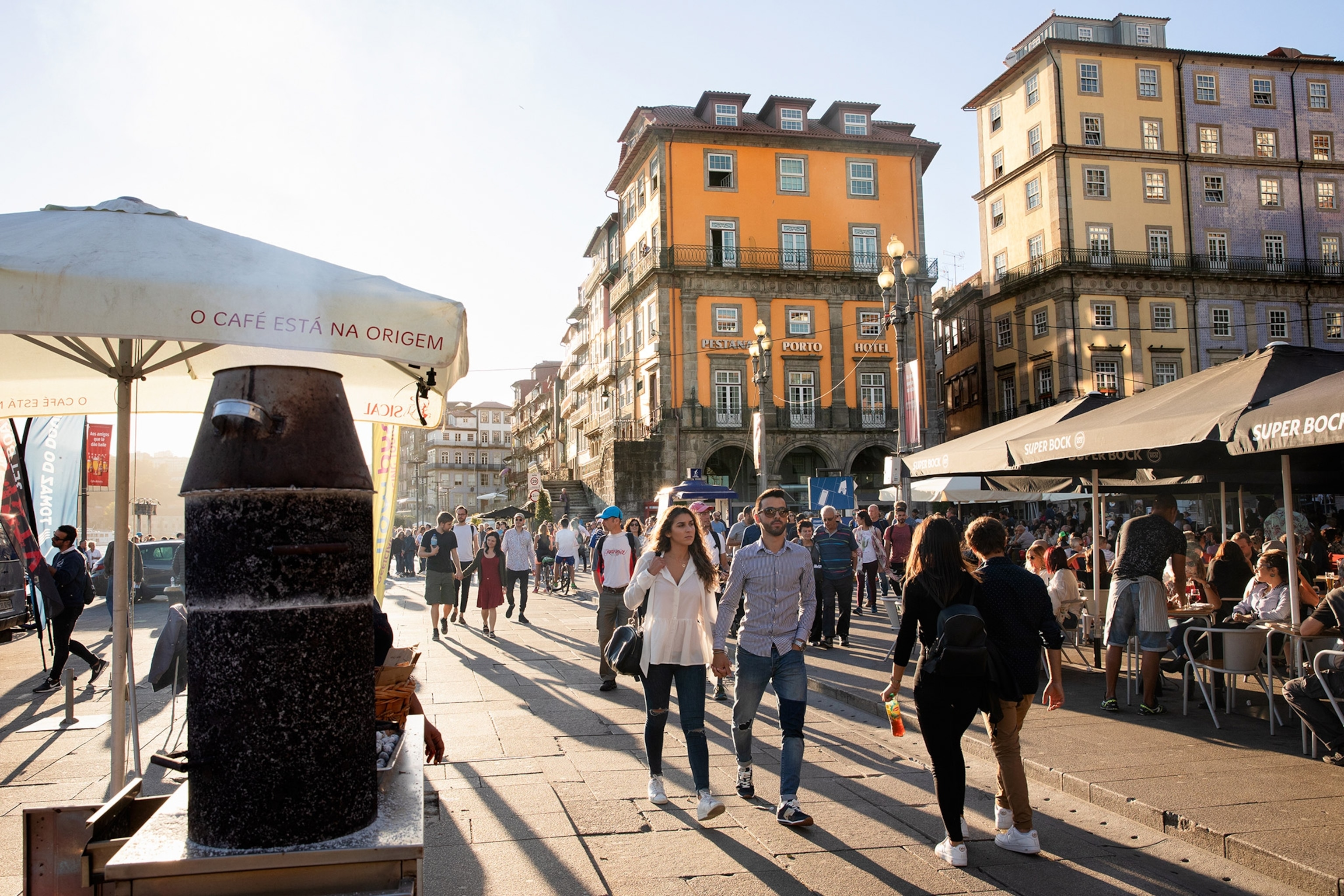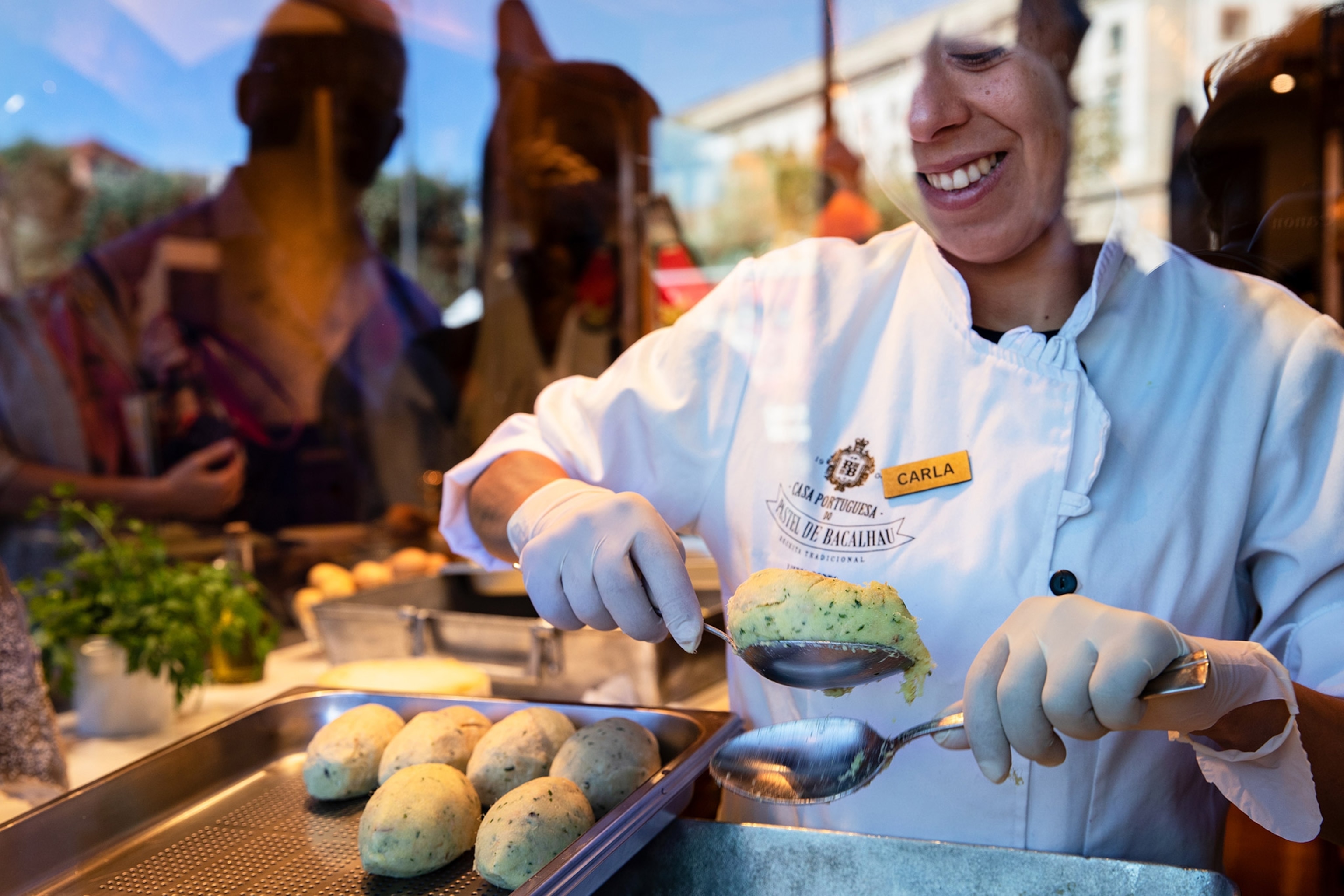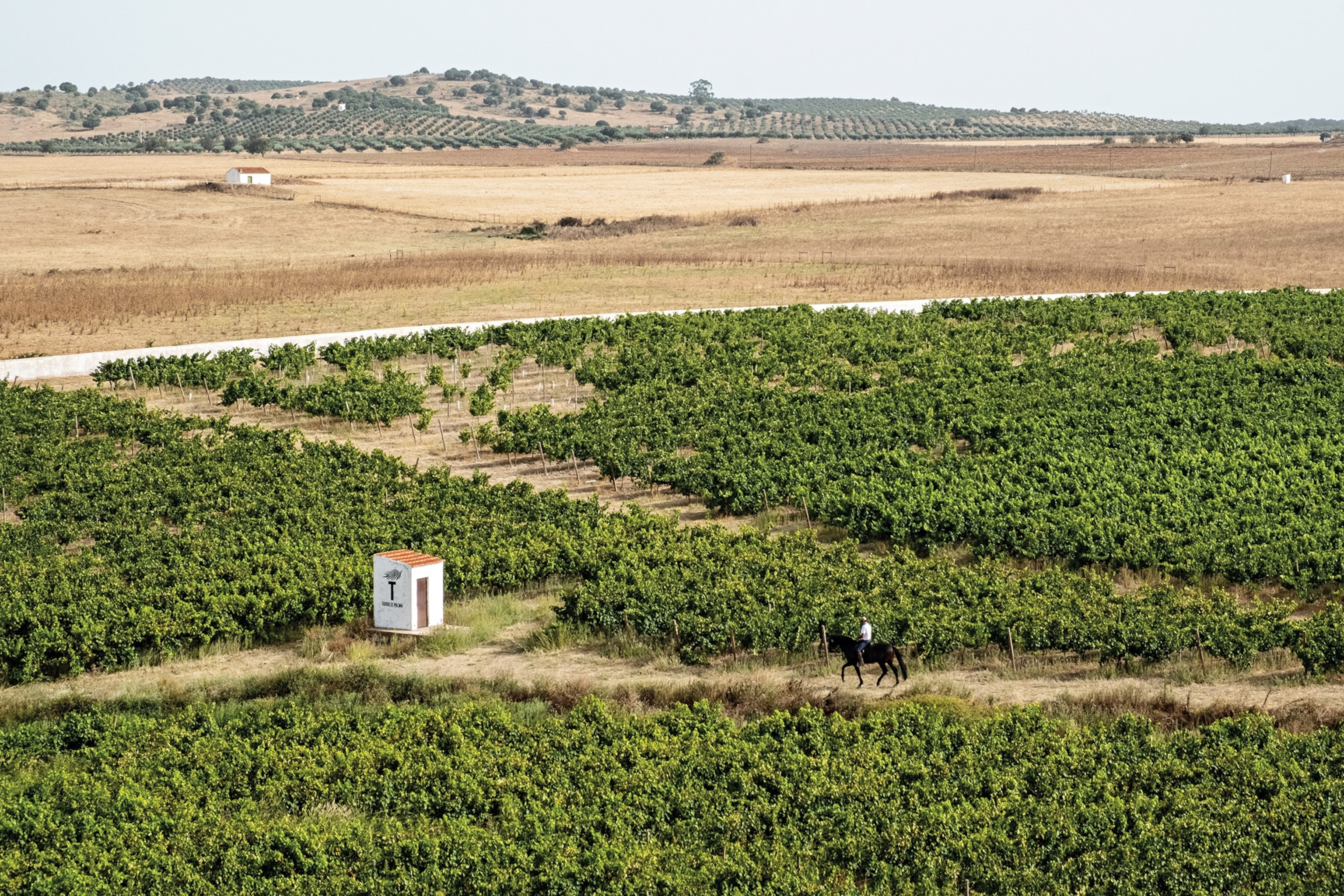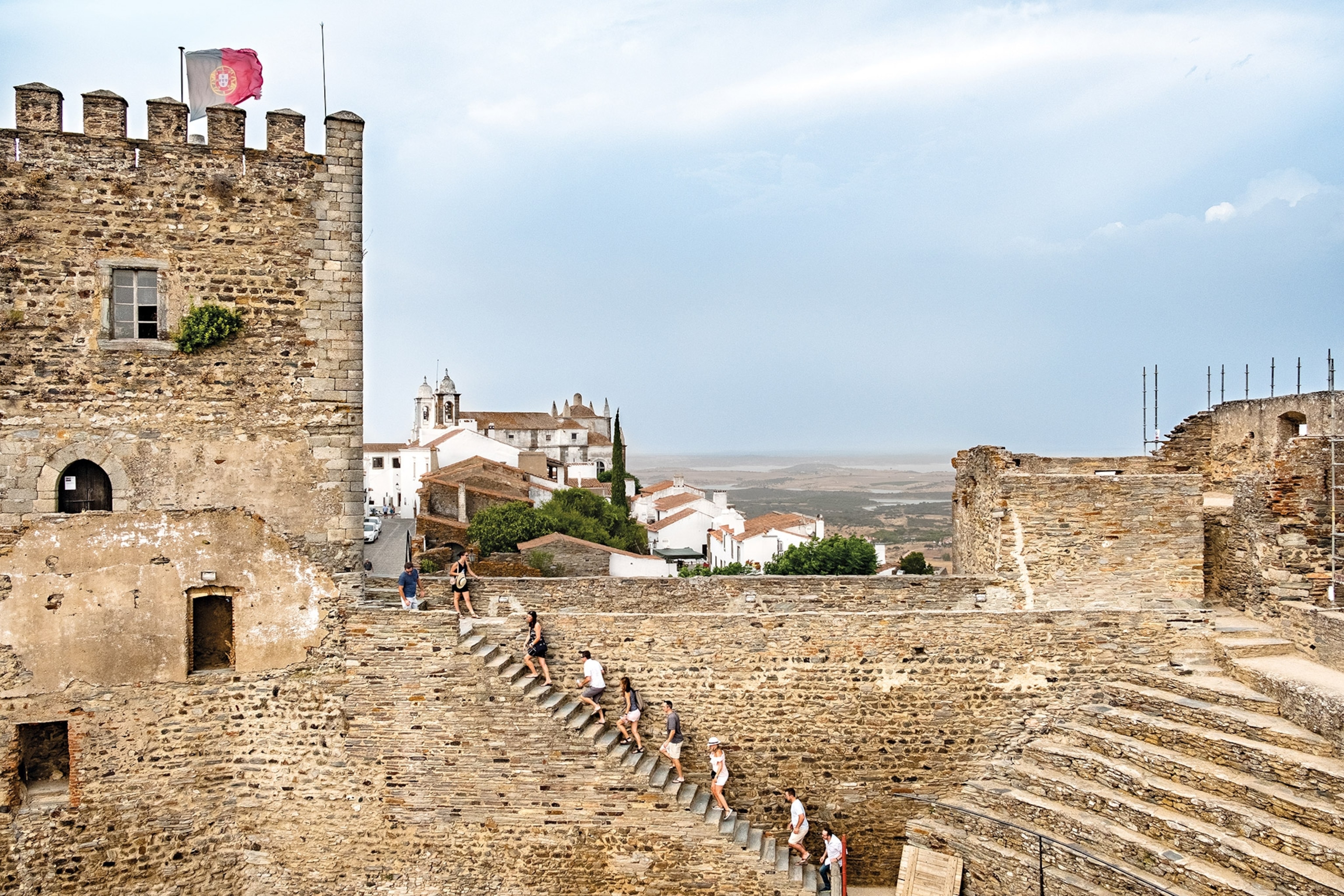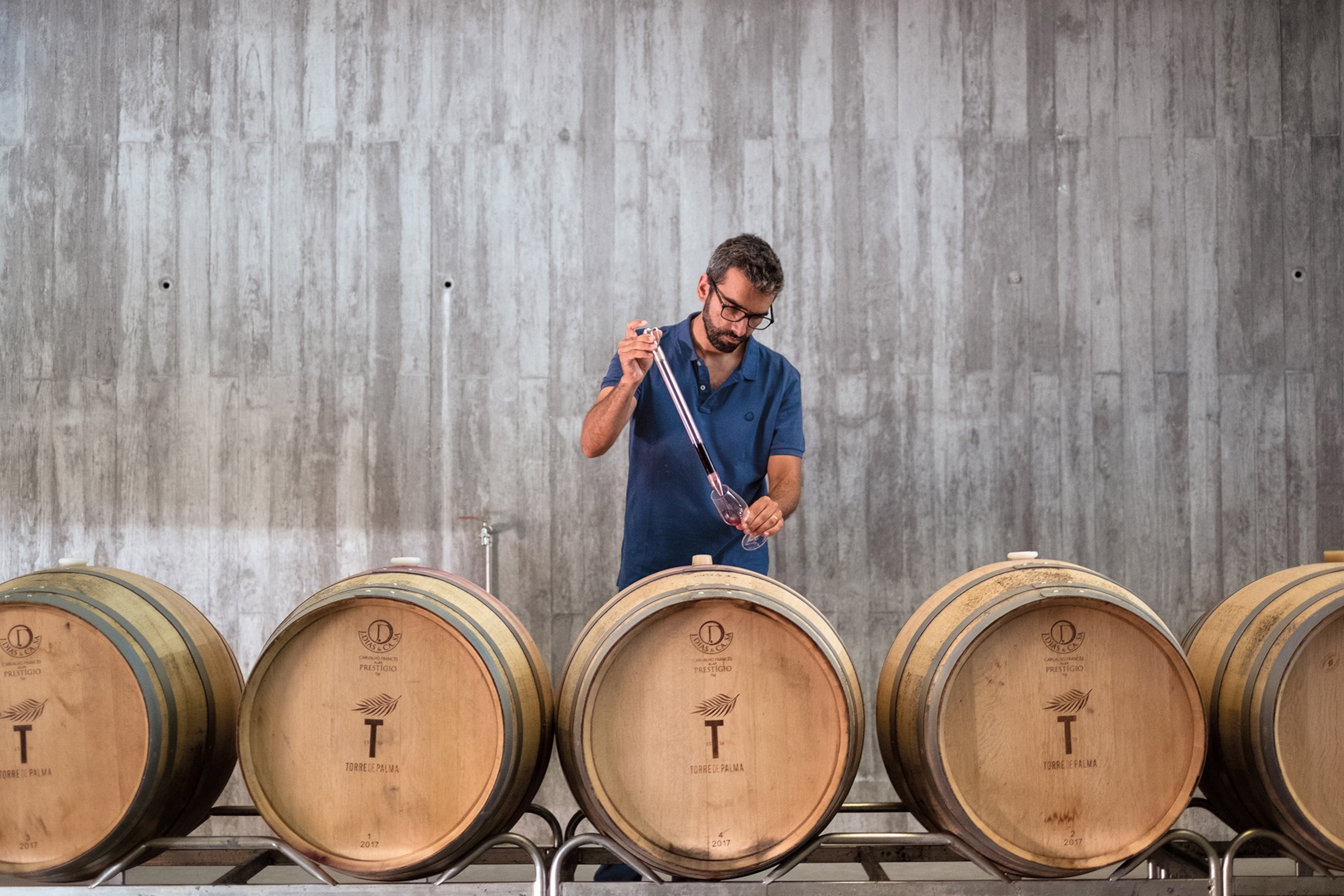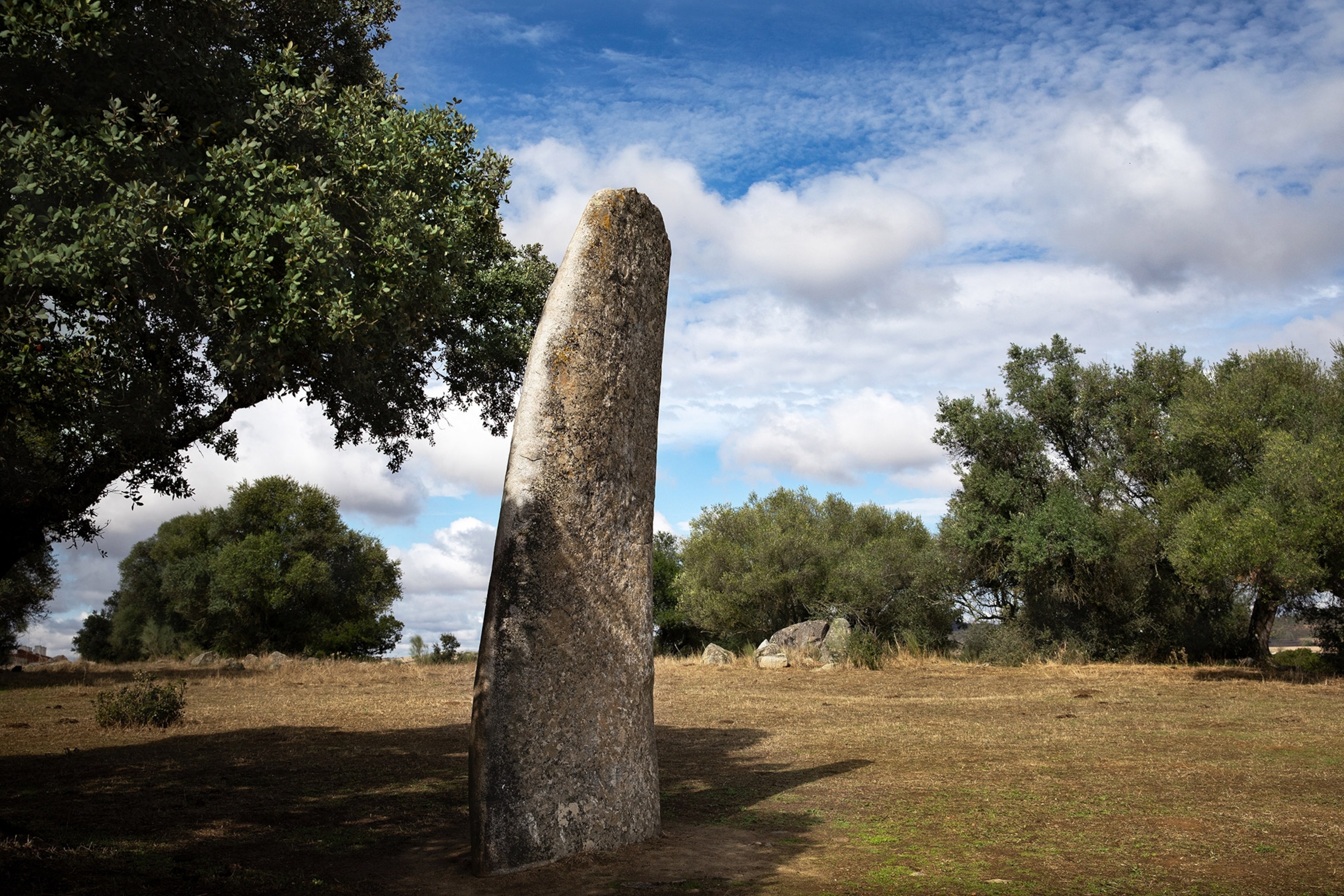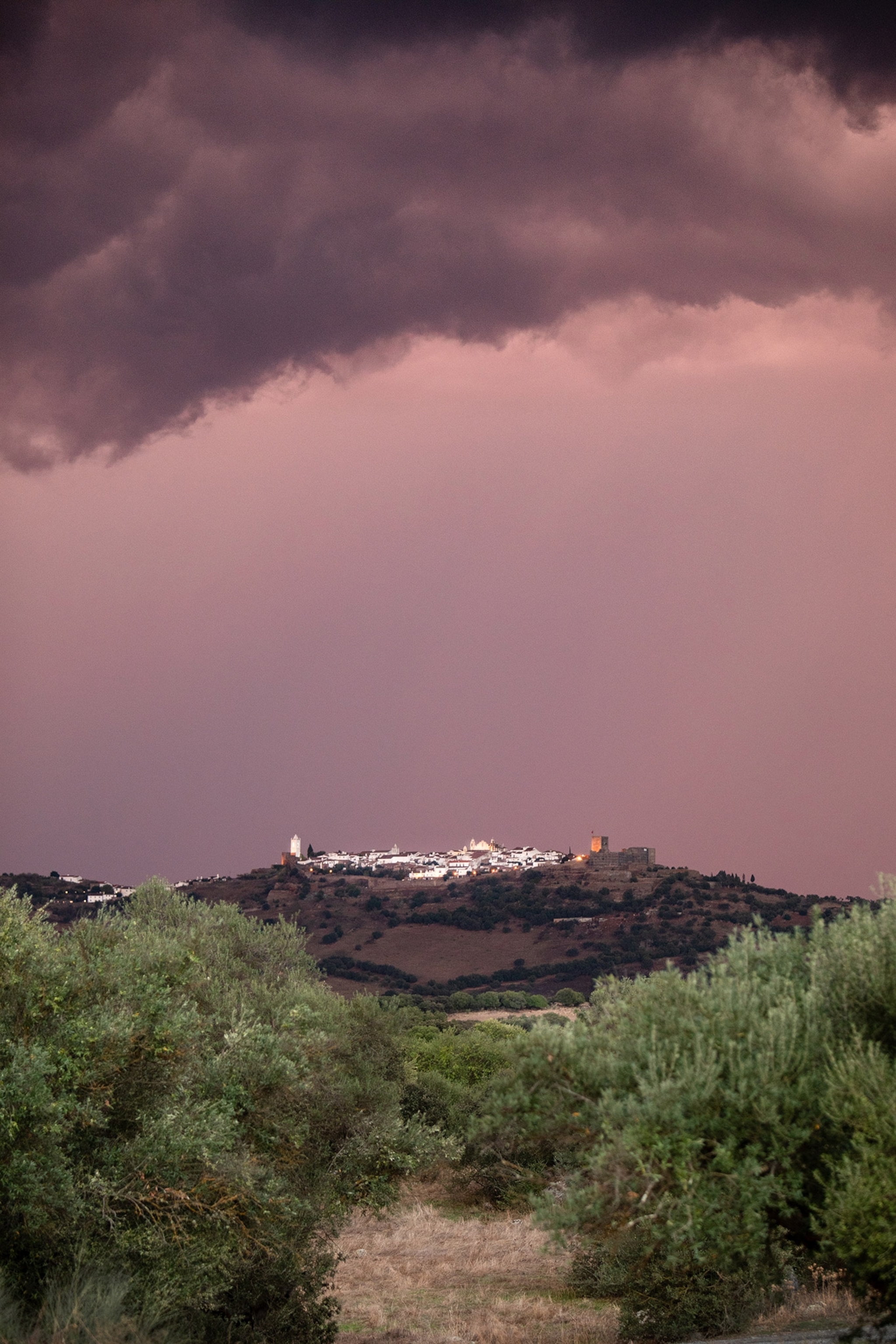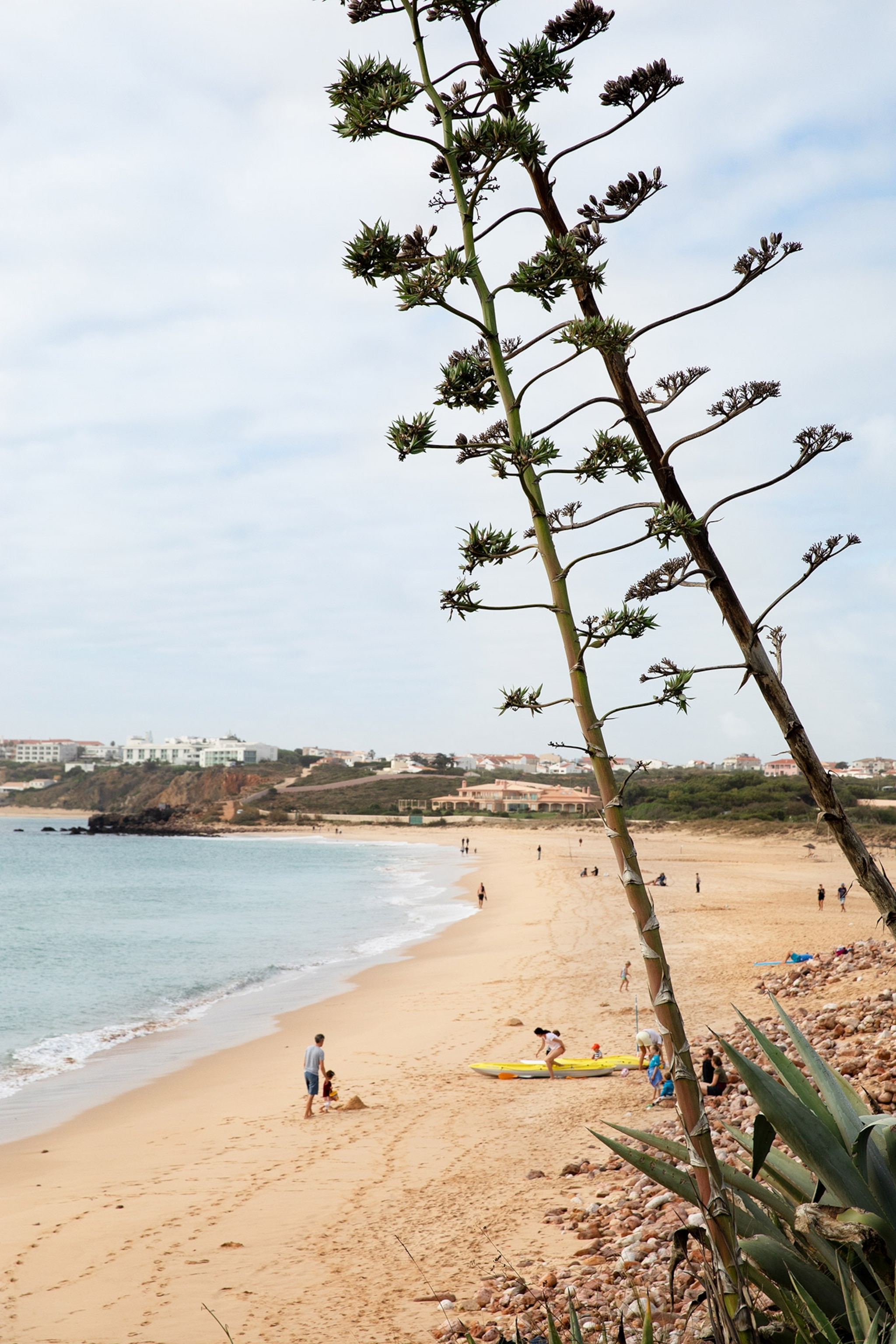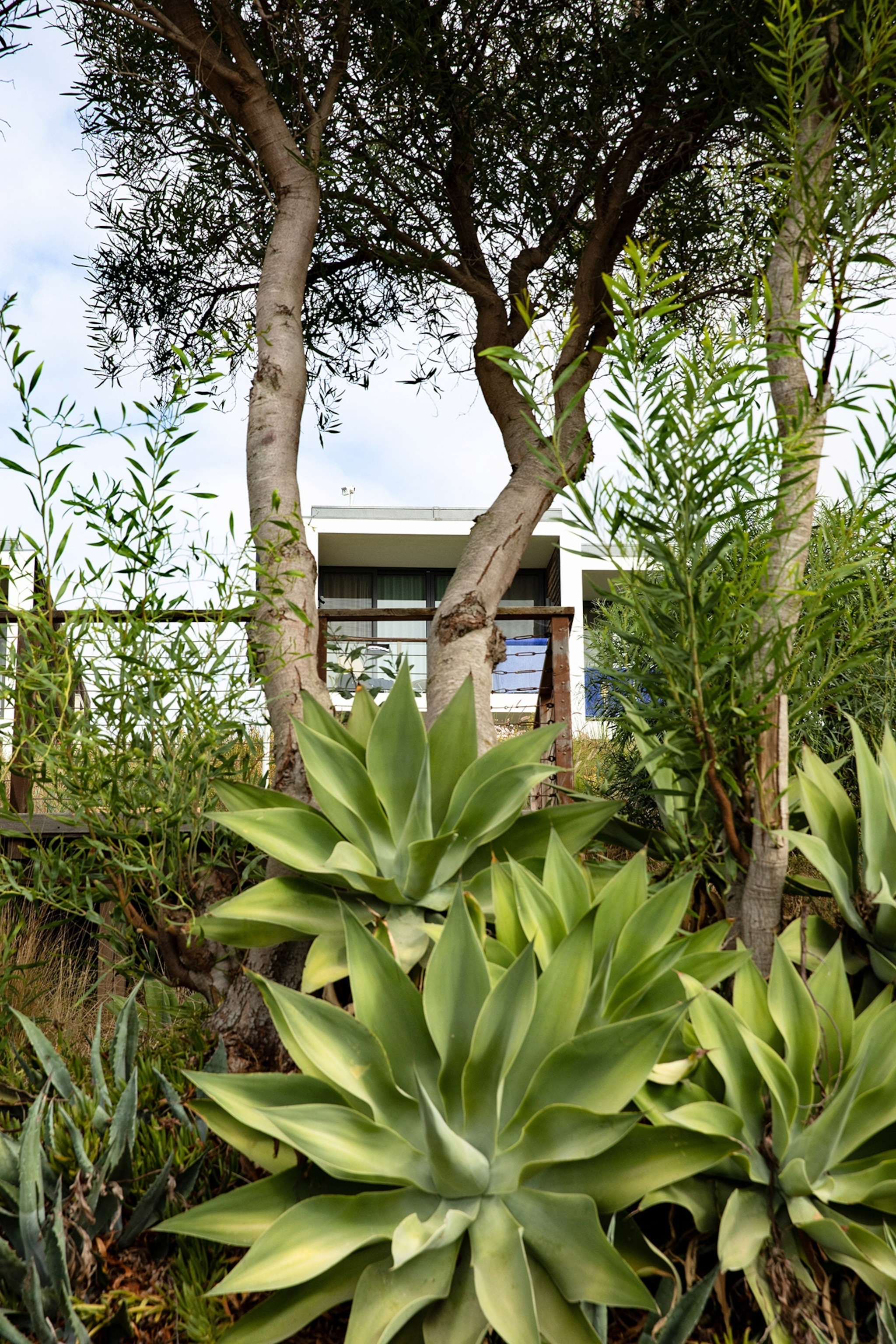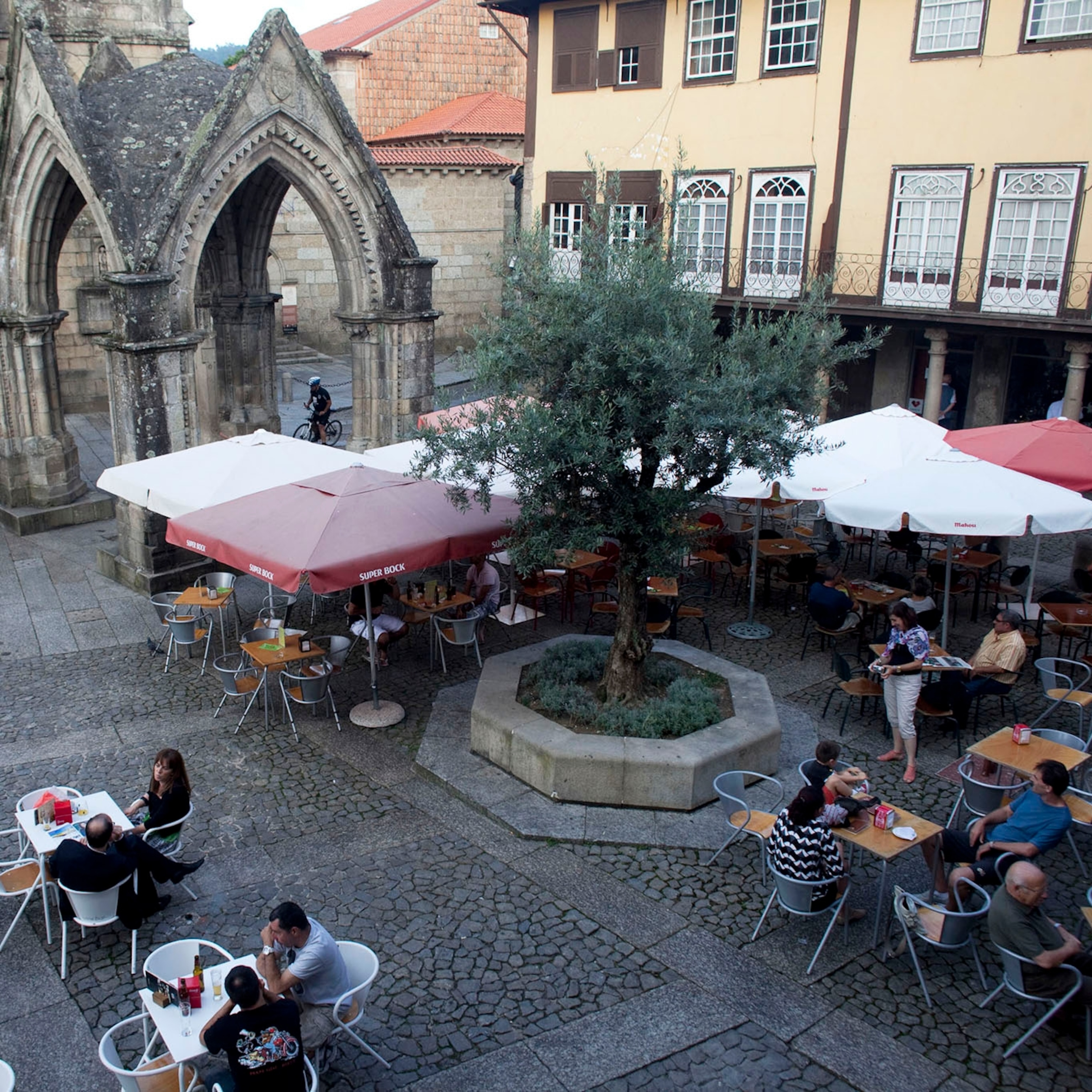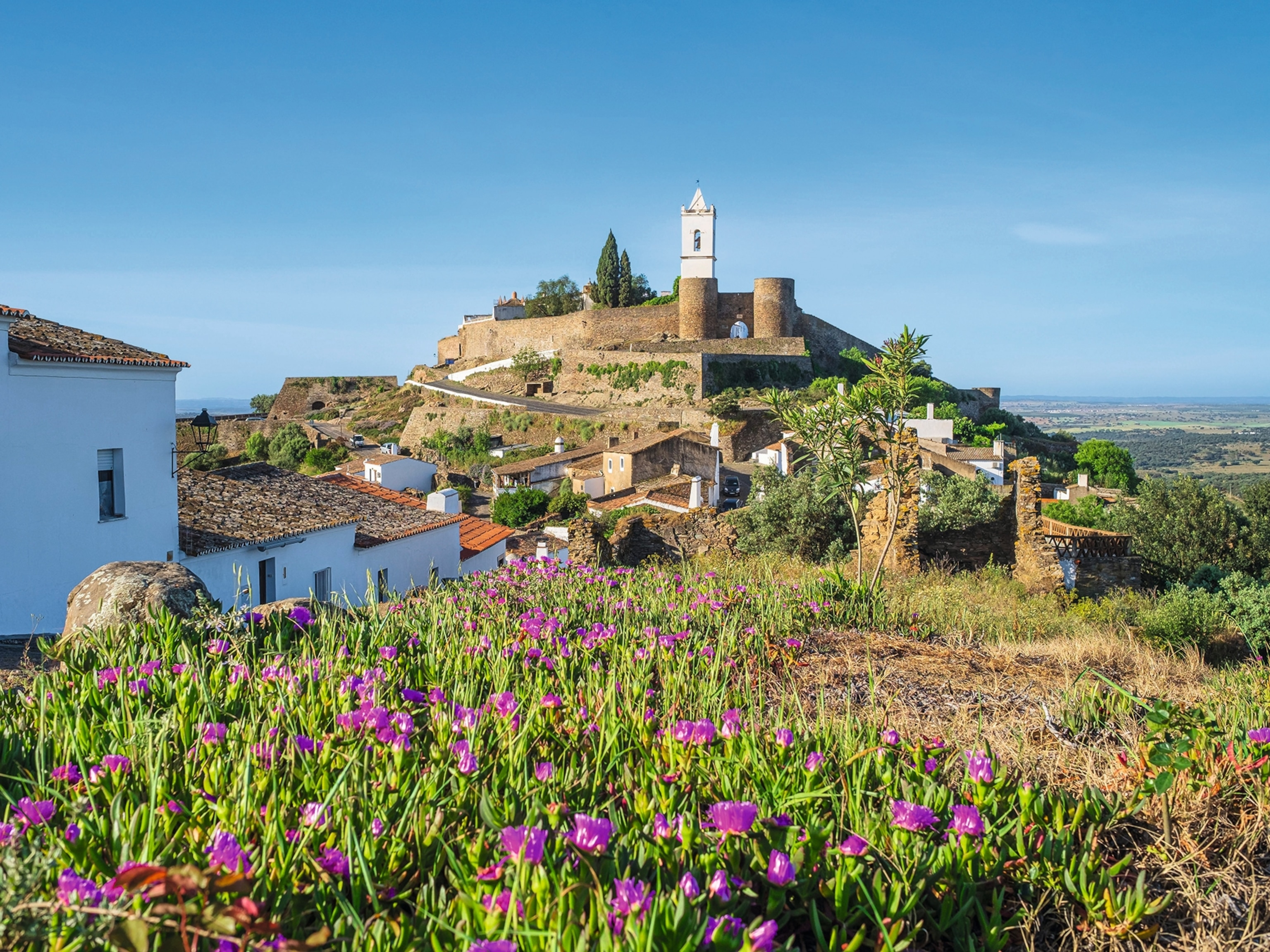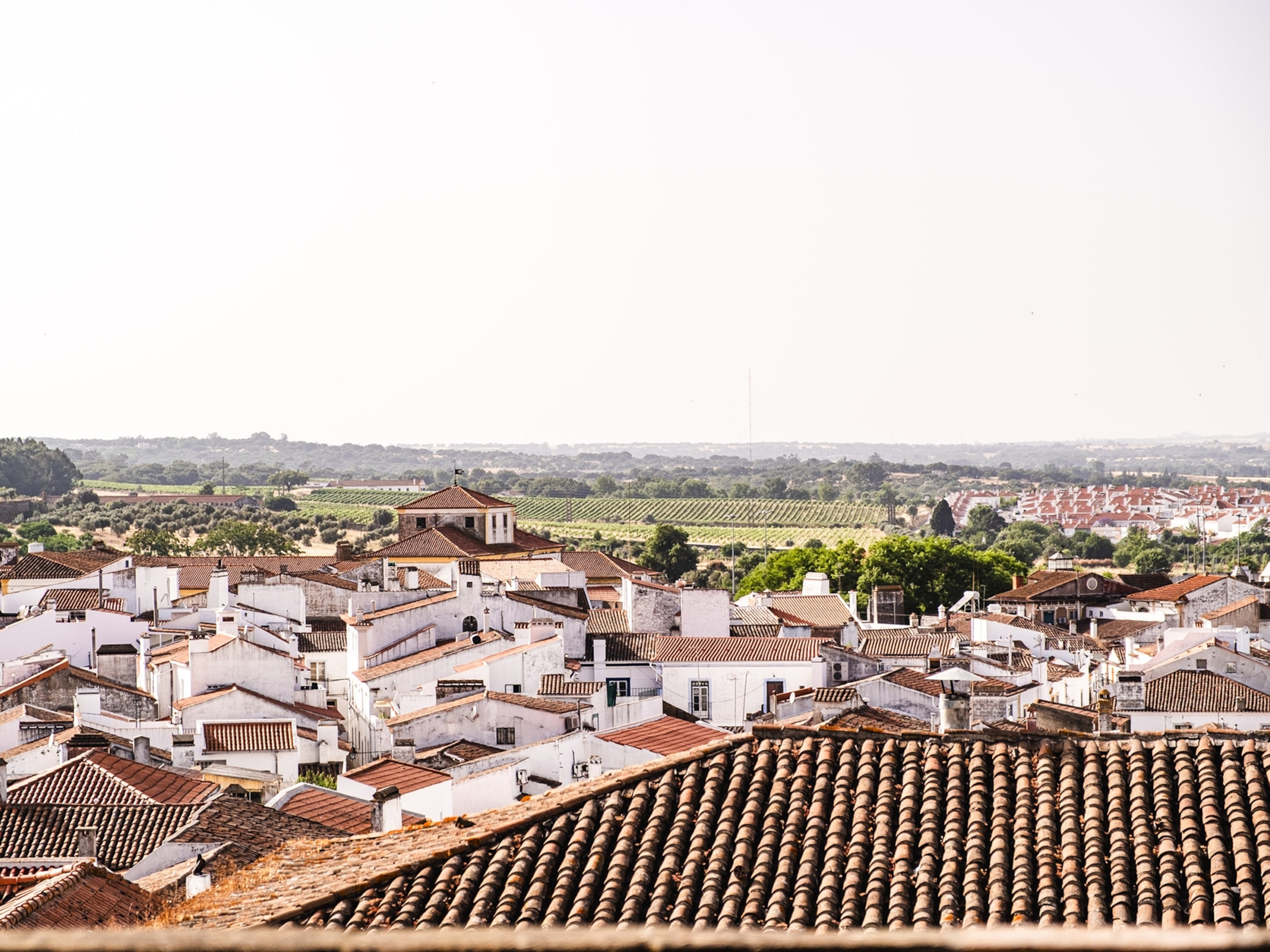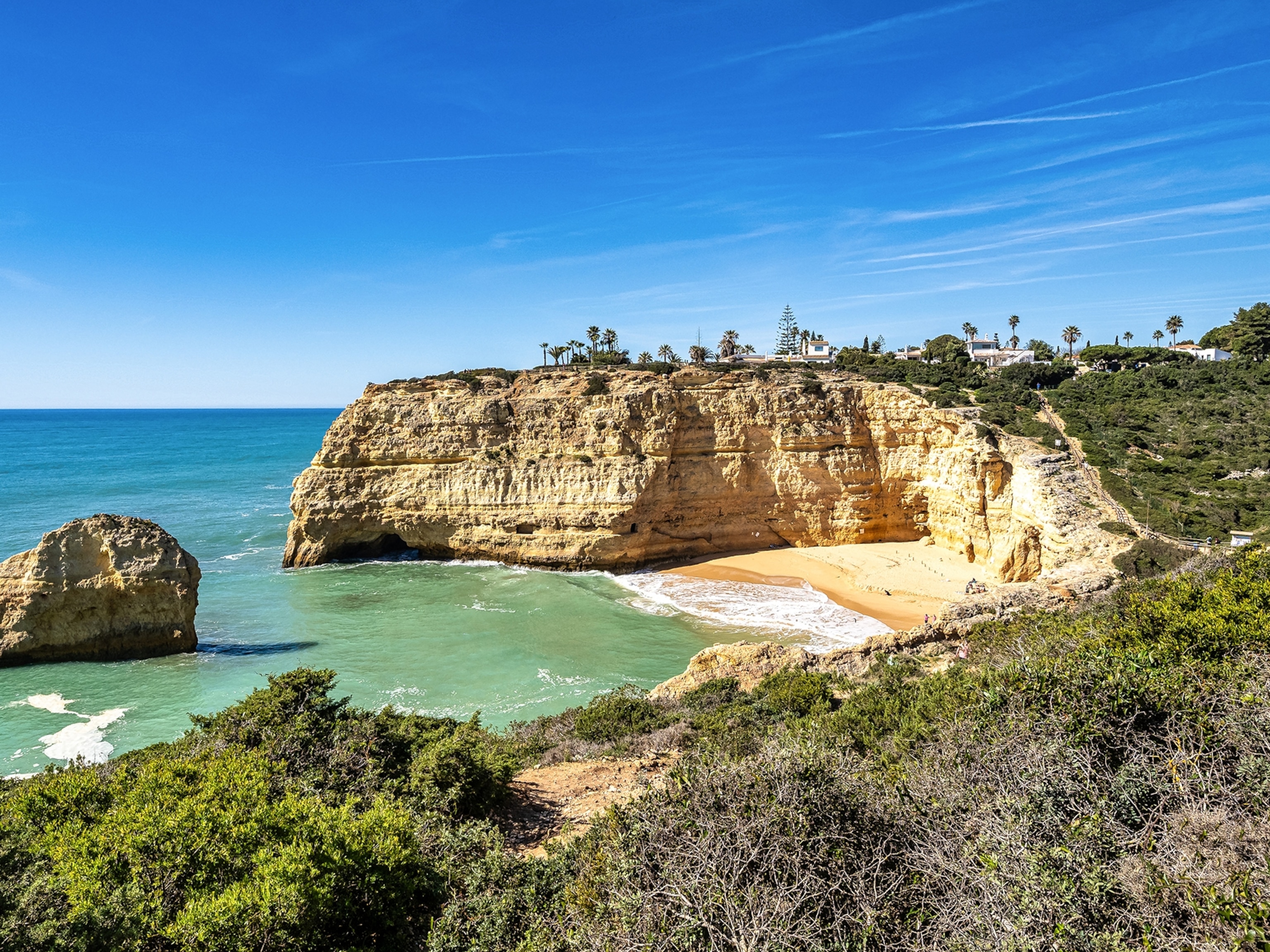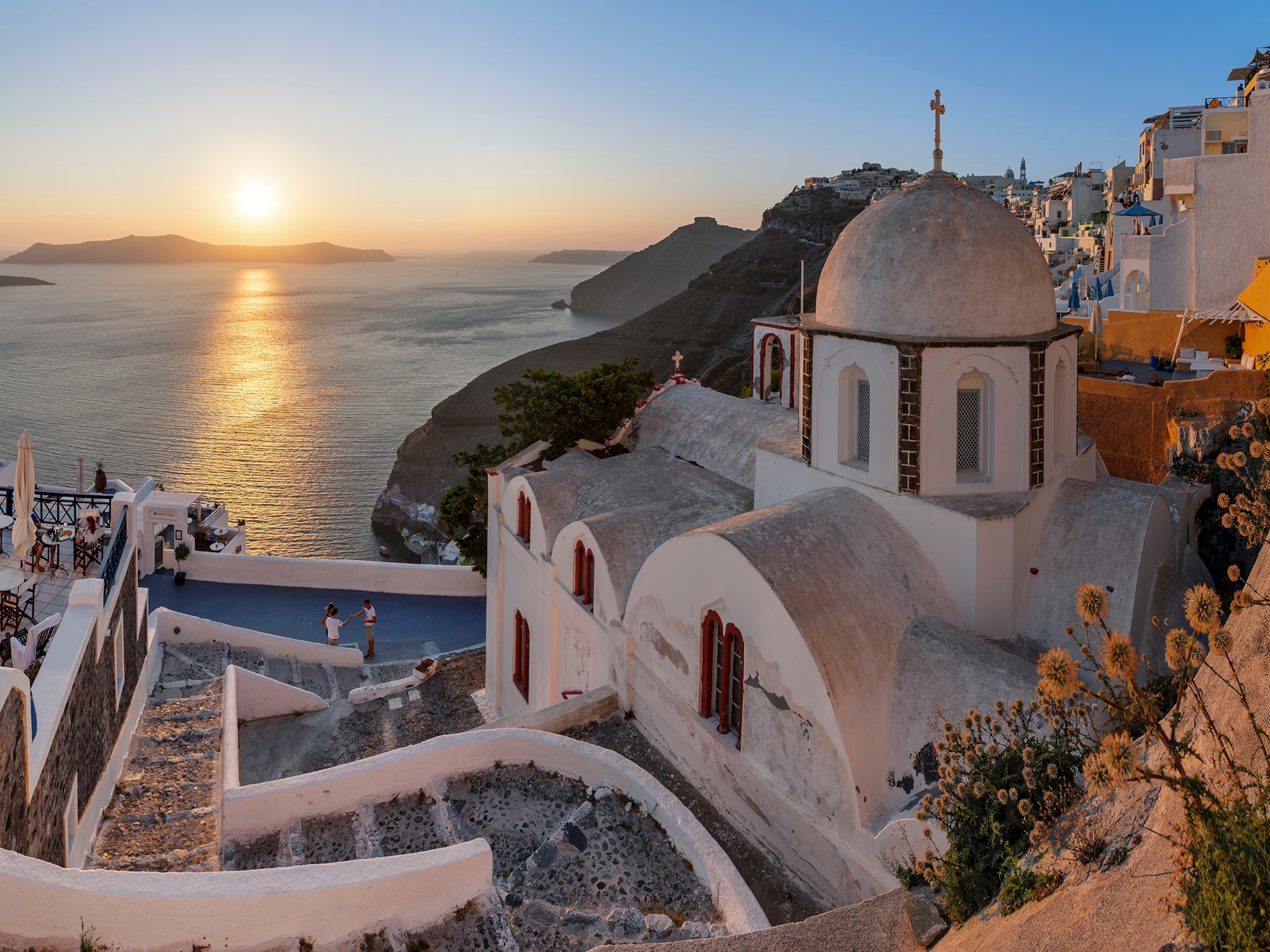
Here’s why everyone is going to Portugal now
Storied cities, sun-washed beaches, friendly locals ... and don't forget that fabulous port wine. Everything is illuminated in Portugal.
It’s bright. Achingly bright.
I squint in the sunlight as I drive, winding north from Lisbon in late afternoon. When I take a turnoff from the highway and emerge from a tunnel, I see my destination: Porto, shimmering in the Iberian sun. Awash in faded hues and tiles, Portugal’s second largest city is a panorama of blue, yellow, brown, and green. The colors calm me; they soothe my eyes and slow me down. It’s October and the breeze is cool. (Read more about the top things to do in Lisbon.)
Out of the car and walking a tangle of streets and alleyways, I follow a melody floating in the air and find a man with his old street organ. He has a fuzzy chicken pecking at seeds on a table, almost as if it’s dancing to the music. Behind him, the sun has cast a silhouette, etched in light, of an organ grinder against a wall of buildings. It looks like a Hague School painting. I toss a euro into the man’s basket, snap a photo, and keep walking.
But not far. I can barely move a block without pausing to admire a stucco wall disappearing into shadows, the shimmer of a red-tiled rooftop, the brilliant reflection of sun hitting a white sheet of laundry hanging out to dry. For the past year or two, it seemed as if every other person I met said they had just been or were going to Portugal. They’d say Lisbon was lovely, the Alentejo timeless, Porto magical. When I asked why, their words seemed to fail. “Go see for yourself,” they’d say. (See beautiful photos from a trip to Portugal.)
Now I’m one of them, camera in hand, seeking something elusive—enlightenment that lasts, a way to hold onto the fleeting moments we have when we travel. The light filters through the streets like a stream through reeds. It plays tricks on where it’ll land, splashing about, reflecting in beautiful, faceted angles. Click, the blue-and-white tiles; click, reflections of pastries in a window; click, dust kicked up by workers restoring centuries-old buildings. More scenes: the UNESCO-inscribed Monastery of Serra do Pilar, the Gothic Church of St. Francis, a man in a green fedora. People are gathering on the Dom Luís I Bridge to watch the sunset. At a riverside café, a family chatters and laughs as they nibble Porto’s famous salted cod dish, bacalhau. Click.
TO THE LIGHTHOUSE: NAZERÉ On the flight over, I sat next to a traveler who shared a not-very-well-kept secret: Nazaré is one of the most attractive beach towns in Portugal, with some of the largest waves in the world. Big-wave season is from October to May, and in November 2017 Brazilian surfer Rodrigo Koxa made history by riding an 80-foot roller, breaking the world record for the highest wave ever surfed. (Check out more of the world's best beaches.)
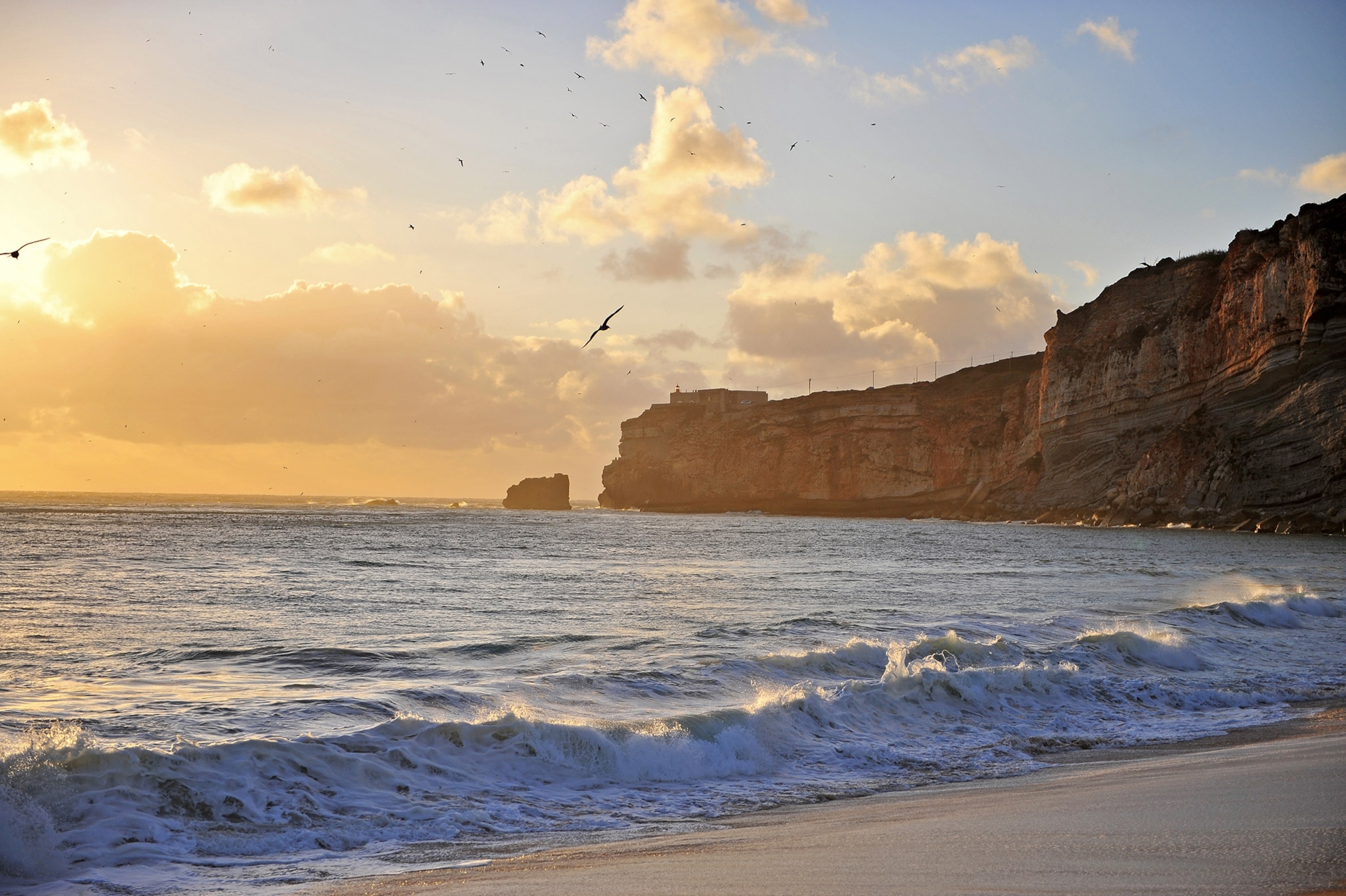
Such mastery of the seas has a precedent. From the early 15th into the 17th centuries, Portuguese seafarers ruled the waves, launching a European age of discovery. Prince Henry the Navigator urged his captains ever onward in search of a route to India, leading to a vast trading empire that stretched from Africa and the Arabian Peninsula to South America and the Caribbean. Sailors navigated by the stars and relied on lighthouses to guide them safely away from the rocks.
- National Geographic Expeditions
The Nazaré lighthouse has functioned since 1903, and it’s the best overlook in the area, a front row seat on the surfing action. From the light’s perch in a former fort, I see the wide white sands stretching out on either side of the promontory. Next to me, hardy surfers with beers in hand are scanning the water, planning their next waves. There’s an autumn chill in the air, but I can imagine these sands teeming in the summertime.
CITY OF REFLECTION: LISBON This city is crisp as a starched shirt. The scent of bread and scrubbed cobblestone lures me down through the capital’s passages and narrow streets. An espresso, a convivial greeting, and a pastel de nata (an eggy custard tart) start the day. Customers lean on the Leitaria Académica café’s glass counter and are attended to by a single, perfectly poised barista, accustomed to this morning choreography.
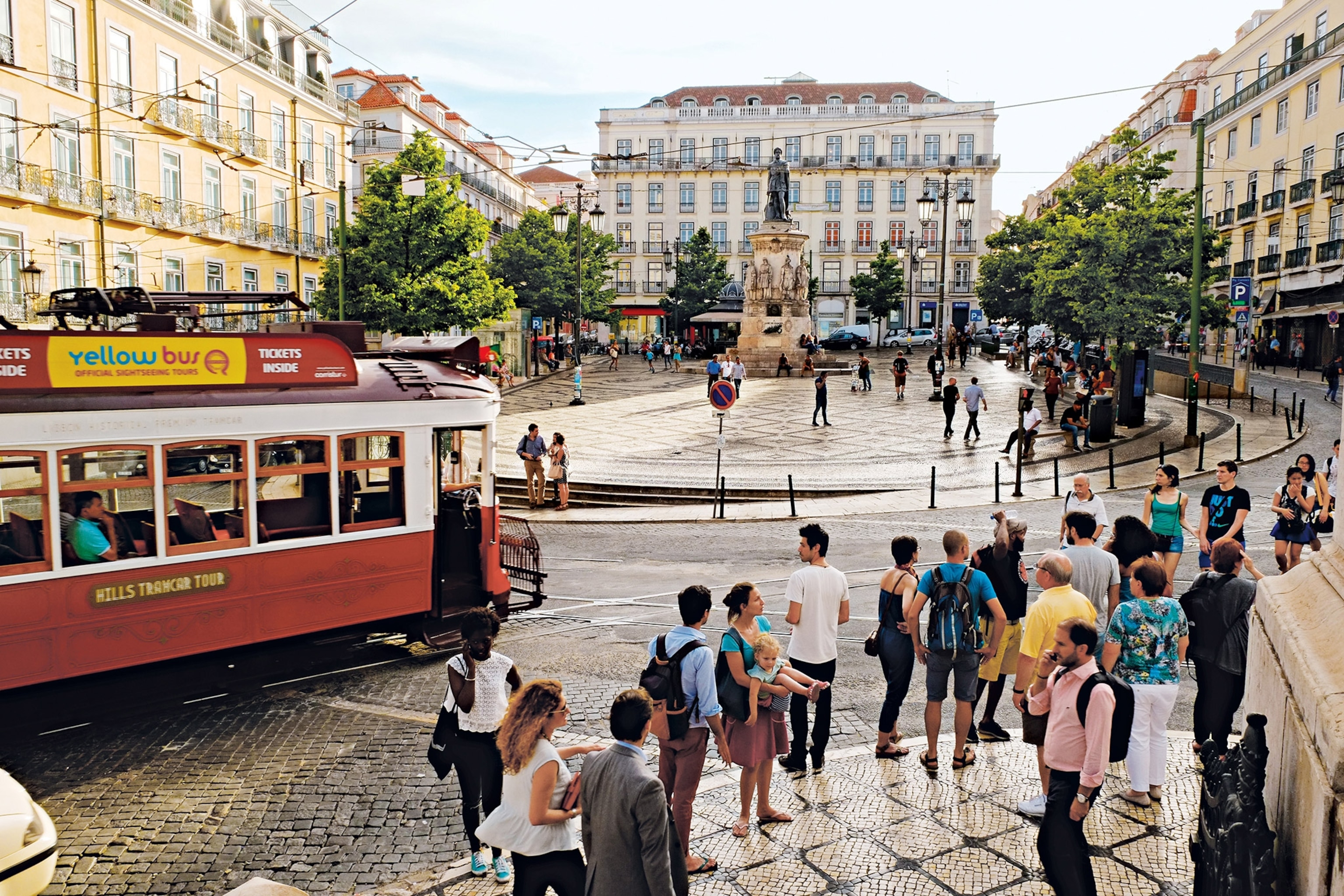
As I walk the streets, the Castelo de São Jorge looms like a giant, its presence secured in history. Celts, Romans, Moors—all called this place home at one point, each leaving behind a piece of their civilization for future residents to uncover. What strikes me most is the vitality of the city—ancient and faded, but vibrant. Absorbed by the immensity, I keep missing the details. I’m drifting between the past and present. But then I shake free from my reflection when I see a beguiling church, or watch as college students dunk each other in a fountain, or pause for the changing of the guard in front of the Palácio de Belém. Suddenly I’m back in the moment, looking for the next street to turn down, the next vision to seize.
LIGHTNING ON THE HORIZON: ALENTEJO I roll from hill to hill through the Alentejo region, a landscape soft on the eyes and the senses. Sunlight slices through the cork trees. A white bull, sleeping in a field, seems like a ghostly apparition. Pigs shuffle from one acorn (bellota) to another, foraging for the nutty flavor that gives Iberian ham its richness. Castles and churches dot the hilltops; they are relics from the past, yet they retain a power in the present. It’s shoulder season, and the streets are empty save for a couple of stocky men, with weathered faces and hands, walking home from the pub.
Olive trees frame the driveway of farm estate São Lourenço do Barrocal, outside Monsaraz. Some, the owners tell me, are more than a thousand years old. Gnarled, yet still dropping olives, one tree grows within a few yards of a Neolithic stone that has stood sentinel for nearly 5,000 years. I imagine the conversations these two monuments have shared over the centuries. A storm rolls in and the town of Monsaraz appears spectral against the lavender sky. Lightning strikes, and the last rays of the day struggle to penetrate an ominous thunderhead.
THE GOLDEN HOUR: SAGRES I’m tired but the hotel concierge says go. He marks an X on the map and shoves the paper into my hands. You won’t be sorry, he says. I drive quickly through the town of Sagres and take the three o’clock exit at the roundabout. Soon the land flattens out, and I see that cars are parked alongside the road. I keep driving until I find a spot to snuggle into. People are walking, laughing and talking excitedly as the wind whips their hair. The crowd’s energy surges with anticipation. Something spectacular is about to happen.
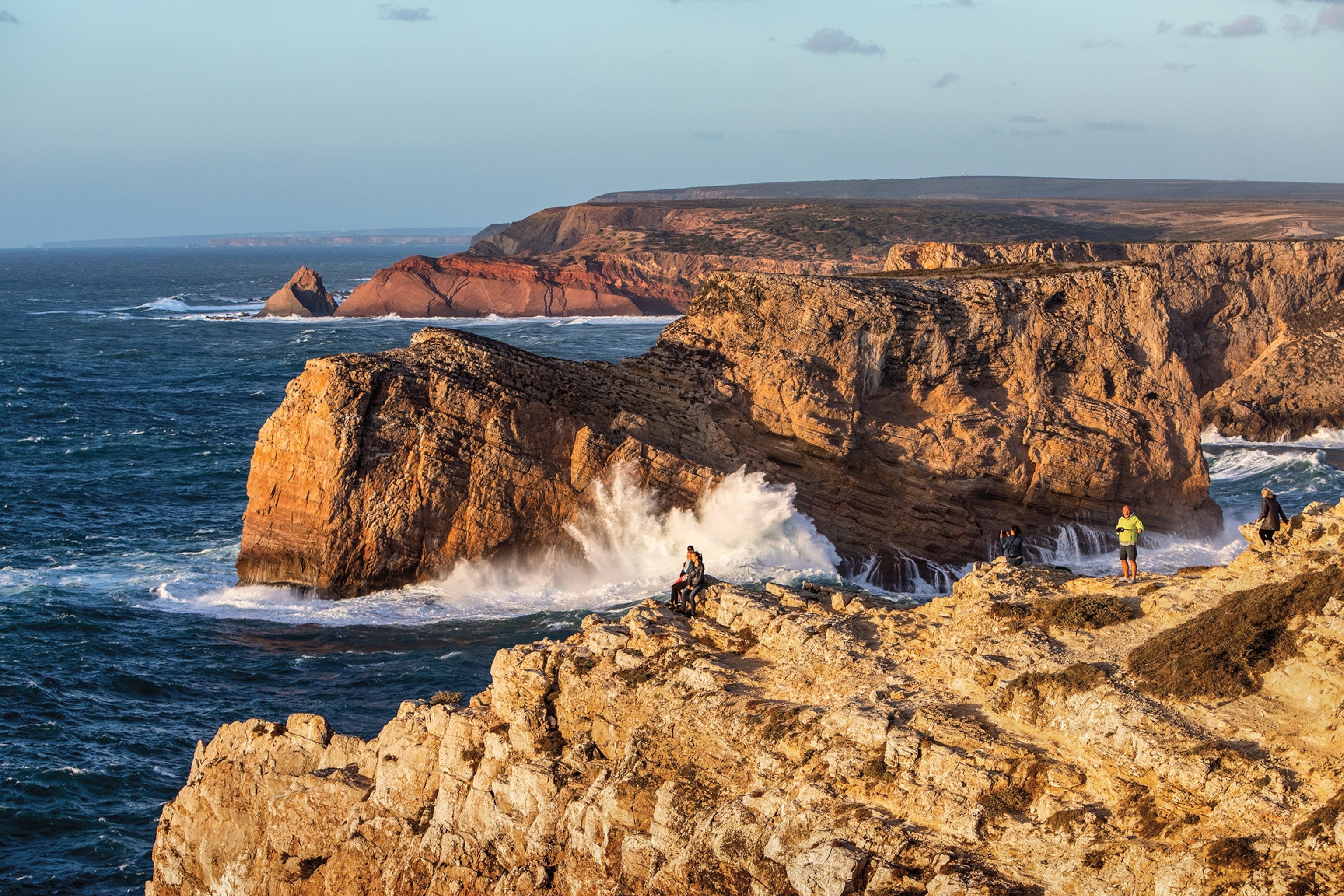
I arrive at the end of the road, to the westernmost point in Portugal. Atlantic waves crash against the cliffs of Sagres, seagulls ride the thermals, gliding ever higher. I settle into a gathering of about a hundred people as an orange glow bursts through the clouds. At first, a silence washes over us as we witness the end of the day at the end of the world. Then someone holds up a glass of wine to make a toast. The sky changes from orange to purple to pastel shades of pink and blue. We walk back to our cars slowly as shadows devour the last glimmers of light.

Here's how to plan a trip to this radiant destination.
Food and Drink
Portugal’s cuisine has long resisted the encroachments of fusion or molecular gastronomy. Hearty to a fault, family-run restaurants churn out satisfying variants of bacalhau (salted cod), piri-piri chicken, and ultrasweet cakes. But here are some recent attempts to shake up the Portuguese palate.
Belcanto/Bairro do Avillez: Top chef José Avillez’s two dining meccas in Lisbon's Chiado neighborhood share a love of reinvented Portuguese food. Belcanto boasts two Michelin stars and exquisite dishes with names like “The garden of the goose that laid the golden eggs.” Bairro do Avillez is a sprawling space housing a casual taberna (tavern), market, and cabaret.
O Paparico Within a rustic and intimate setting, an Alsatian executive chef goes beyond the classic and expected seafood dish bacalhau by playing with colors and combinations yet staying loyal to “Portugality,” the title of one tasting menu. Befitting one of the world’s top capitals of viniculture, the wine cellar seems infinite and the bar is worth lingering over.
Peixaria da Esquina: Another of Portugal’s cookbook mainstays, Vítor Sobral has opened modestly priced, casual tascas in Lisbon and Brazil that hew closer to traditional flavors yet with lightness and flair, such as Azorean tuna with mango, peppers, and pennyroyal. At his allseafood showcase Peixaria da Esquina, try the squid sautéed with shiitake mushrooms, broad beans, and coriander.
Epur: Opened a year ago, this restaurant is a harbinger of Portuguese cuisine’s future. The chef is French, the menu and decor, minimalist. Dishes honor the restaurant’s name in their focus on essential local ingredients. From rabbit to tuna to prized “black pork,” these dishes don’t so much shout as gently hum. Located across the street from the national art school, the dining room also has one of the city’s best panoramas.
Majestic Café: If you tire of experimentation and seek a proper finish to the meal—or if you’re famished after an afternoon’s amblings—this pastry palace is a classic of the genre, along with Lisbon’s Pastelaria Versailles. Approaching their centennials, both are resplendently mirrored examples of a beaux arts heyday. Do as the locals do: Pair an eggy pastry with a strong bica (espresso).
Places to Stay
Rooms in Portugal come with a view, as well as considerable historic and architectural heft. While state-run pousadas (inns), housed in old palaces or convents, remain a unique experience, many newer lodges outdo them with cutting-edge spas and the chance to partake in agro-tourism.
Martinhal Sagres Beach Family Resort: This upscale resort in Algarve caters to multigenerational travelers. Adults can sip cocktails as kids learn how to surf. A concierge provides strollers, high chairs, or bottle sterilizers.
Verride Palácio Santa Catarina: This recently renovated mansion with 19 rooms has one of the best vantage points in all of Lisbon, perched above the steep cobblestoned alleys of the Bica neighborhood.
Quinta Do Vallado Wine Hotel: For the quintessence of Portugal’s wine country, this 13-room wine-estate hotel makes for the perfect frame to view the magnificent Douro Valley. Guests sleep in either the manor house dating from 1733 or a new wing completed in 2012, both options set amid the sloping terraces of ripening vines.
São Lourenço do Barrocal: Surprisingly, it’s in the countryside that many of Portugal’s most daring architects have worked their minimalist magic. A humble working farm near Monsaraz transformed by Eduardo Souto de Moura, the São Lourenço do Barrocal pampers with spare simplicity.
Go with Nat Geo: Nat Geo Expeditions offers several itineraries to Portugal, including an 11-day cruise along the Douro River embarking from Porto.
